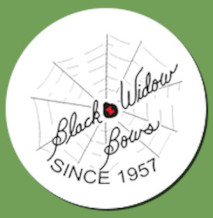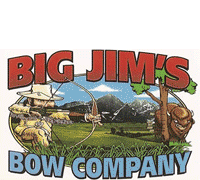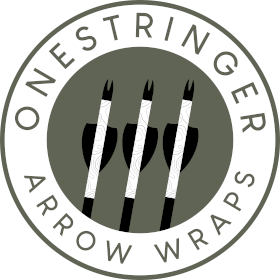When i got the call from James that the bow was coming, I started all kinds of elaborate testing plans because I was not sure what to expect. I picked some prime Wapitis,44# with 125s, 47# with 145 and 160s, 53 with 160s, Surewoods 55, 57 and 58 with 160s, 1816 with 125s, 1818s with 125, 145 and 160s, and 1918s 28" with 145s and 27" with screw in 145s, 170, 200s and 160s on glue-on one piece tapers. All are 27" bop except the 28" 1918s. 1818s with the 160s were to light, 1918s 27" with 145 screw ins were too stiff. All of the rest fly fine. I shot a 55 Wapiti with a single bevel Hill that was down to its last sharpening that was 148 grains through a buck that ran 80 yards and as far as I could tell, that arrow flew perfect as well. It was a rather long shot and all I saw was feathers rotating around the nock all the way until it disappeared through the deer. Perhaps the performance of this bow has something to do with its spine tolerance, it is about as fast as a Robertson longbow that is 3 pounds heavier, which also happens to be the same cast as my 53 pound Morningstar. I also think that the strength of one's release may have a lot to do with spine tolerance. I shoot alternate hands, bows like this are very useful for me. The argument of having something more center shot a bit has some merit for those that only shoot one side, but like Dick Robertson told me, that with longbows it seems that the arrow wants something to fly around. I also can imagine that on a rainy day the launch of an arrow against a hard wood surface may be different than the launch of arrow against a wet piece of deer skin.














